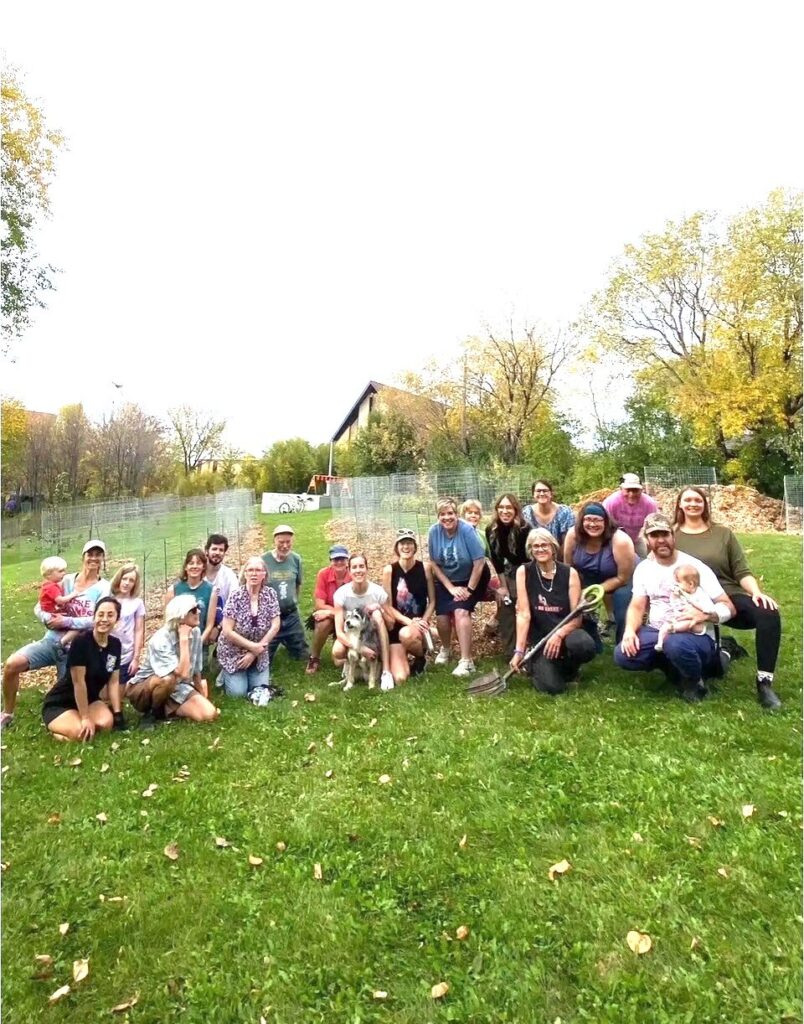
In the face of rapid tree loss in Winnipeg — and especially Wolseley — volunteers of the Wolseley Residents’ Association (WRA) are working to preserve the neighbourhood’s remaining trees, and plant more.
Most recently, the WRA planted a food forest at Omand’s Creek, increasing tree population, biodiversity, and food security while adding value to the public space, said Kaleigh Quinn, a member of the WRA’s Tree Committee.
Food forests, also known as forest gardens, are designed to mimic local ecosystems by combining several layers of trees, shrubs, herbs, and other food-bearing plants — all native to the area. This allows for a diverse garden that doesn’t disrupt the local ecosystem, and provides food to both people and wildlife in the community.
The newly planted food forest not only fights tree loss and food insecurity, but improves biodiversity at Omand’s Creek, which Quinn called “a really critical ecosystem” for a couple of reasons.
Omand’s Creek is categorized as a Riparian zone, which is land that runs alongside a body of water. Quinn said this makes it uniquely important to increase planting and biodiversity there, as it affects the broader ecosystem.
The area is also home to “a huge range of wildlife,” said Quinn, including foxes, muskrats, beavers, deer, and a variety of birds — which will benefit from the food forest.
In the time until the apples, pears, plums, saskatoons, hazelnuts, haskaps, seaberries, buffalo berries, rhubarb, and wild black currants are ready for harvest, the food forest can simply be a place to “meander through” and observe wildlife from, said Quinn.
“It’s a really lovely space right along the creek with sort of marginalized use,” she said. “We saw it as really a perfect space to transform into a food forest.”
Other campaigns of the WRA’s Tree Committee focus primarily on Dutch elm disease, which is a major cause of tree loss in Winnipeg. The disease arrived in Winnipeg in 1975, and last year alone caused the removal of more than 7,000 Winnipeg elms.
“Our goal within the Tree Committee is to plant as many trees as we can, add to the biodiversity of our community, and tend to the trees that we already have,” said Quinn.
The food forest planting was funded by a grant from Canadian Trees for Life, a national charity that was “wonderful to work with,” according to Quinn.
To learn more about Dutch elm disease, tree loss in Wolseley, and the WRA’s Tree Committee, visit wolseleytreecommittee.org online.
